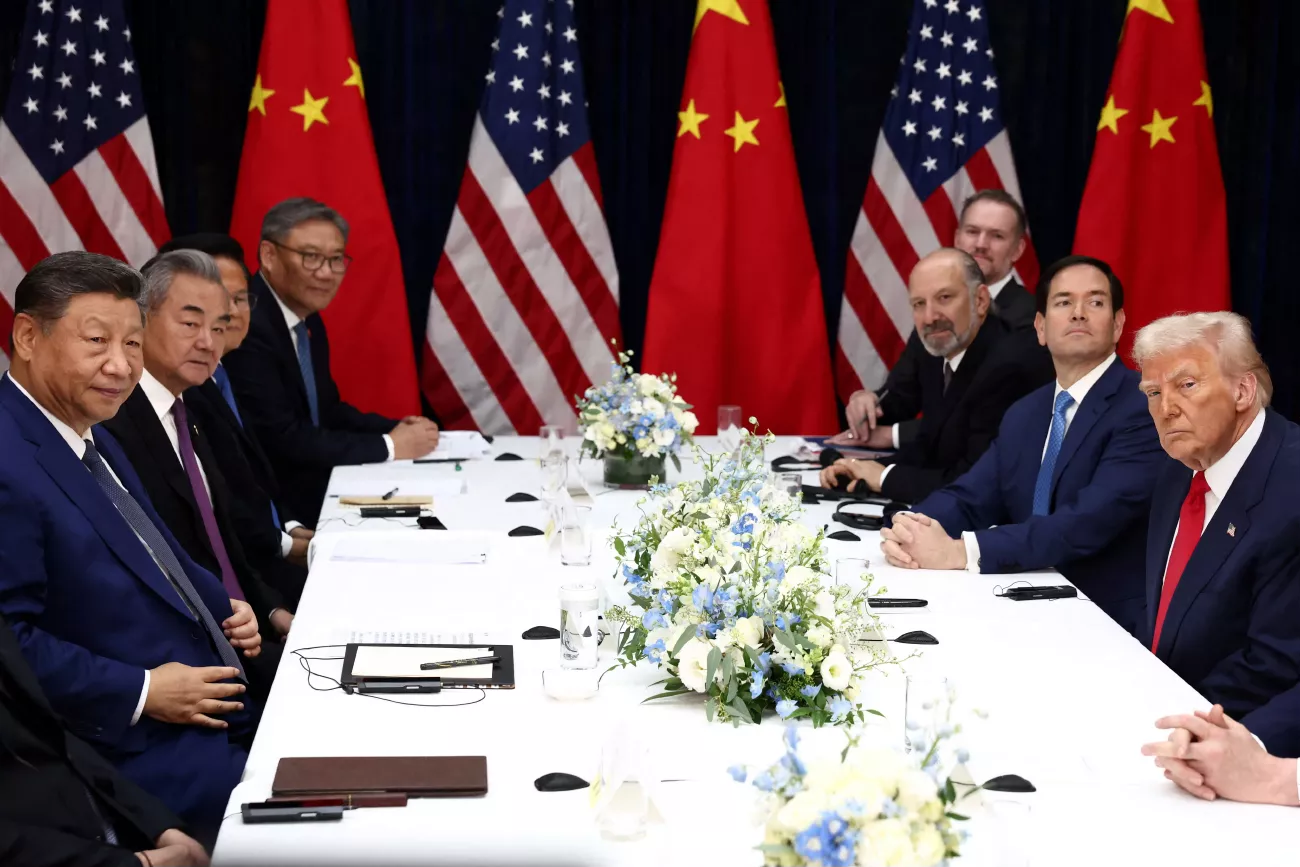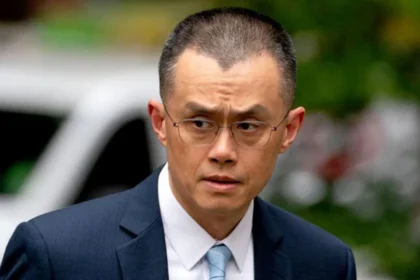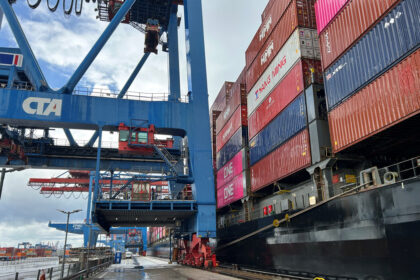At the Busan forum, Donald Trump and Xi Jinping announced another “trade pause”: the United States will lower tariffs on Chinese imports from 57% to 47%, while China has committed to accelerating soybean purchases from America, halting exports of rare-earth elements, and taking stronger measures against the illegal fentanyl trade. We at YourDailyAnalysis see this meeting as a tactical ceasefire in the broader trade confrontation – a momentary breathing space that offers relief but does not resolve the fundamental differences between the world’s two largest economies.
Trump held his first in-person meeting with Xi since 2019 during his Asia tour, designed to signal that America is “back in the game” in the region. Calling it “an amazing meeting,” Trump rated the talks “12 out of 10.” According to him, China agreed not only to reduce tariffs but also to purchase 12 million tons of soybeans by January and 25 million tons annually for the next three years. In addition, Beijing will suspend for one year its export restrictions on rare-earth elements. We at YourDailyAnalysis interpret this as a masterclass in diplomatic maneuvering: on one hand, visible concessions – lower tariffs and a pause on export limits – and on the other, the preservation of strategic leverage should the balance shift again.
The reduction of tariffs from 57% to 47%, including a cut in duties on fentanyl precursors from 20% to 10%, was officially presented as a response to China’s pledge to “work very hard to stop the flow” of the deadly synthetic opioid. Beijing also reportedly expressed interest in participating in the construction of an Alaska pipeline project valued at $44 billion, and in increasing purchases of American oil and gas. Yet analysts largely view this as temporary stabilization rather than a structural reset of the bilateral relationship.
Global markets reacted with restraint: oil prices, for instance, remained virtually unchanged. This underscores that investors interpret the deal not as a breakthrough, but as a brief pause in a long-running conflict. We at YourDailyAnalysis believe that such a neutral market response reflects anticipation rather than confidence – a “wait-and-see” stance toward an agreement still fraught with uncertainty.
In the coming months, two questions will define the outcome – will China fulfill its promises, and will the U.S. maintain the option to raise the stakes again if the deal falters? Should Beijing follow through on soybean purchases and refrain from reinstating rare-earth restrictions, it would send a strong signal of goodwill. But if those commitments prove symbolic, Washington can easily reimpose tariffs or tighten sanctions. In our assessment, this deal grants a temporary reprieve but does not dismantle the underlying logic of confrontation: both sides have bought time, not peace.
As we at Your Daily Analysis see it, the key question for businesses and investors is not the announcement itself, but whether it turns into real trade activity rather than a symbolic political gesture – execution will matter far more than rhetoric. If the trade war reignites, its repercussions could run far deeper than they appear today.















